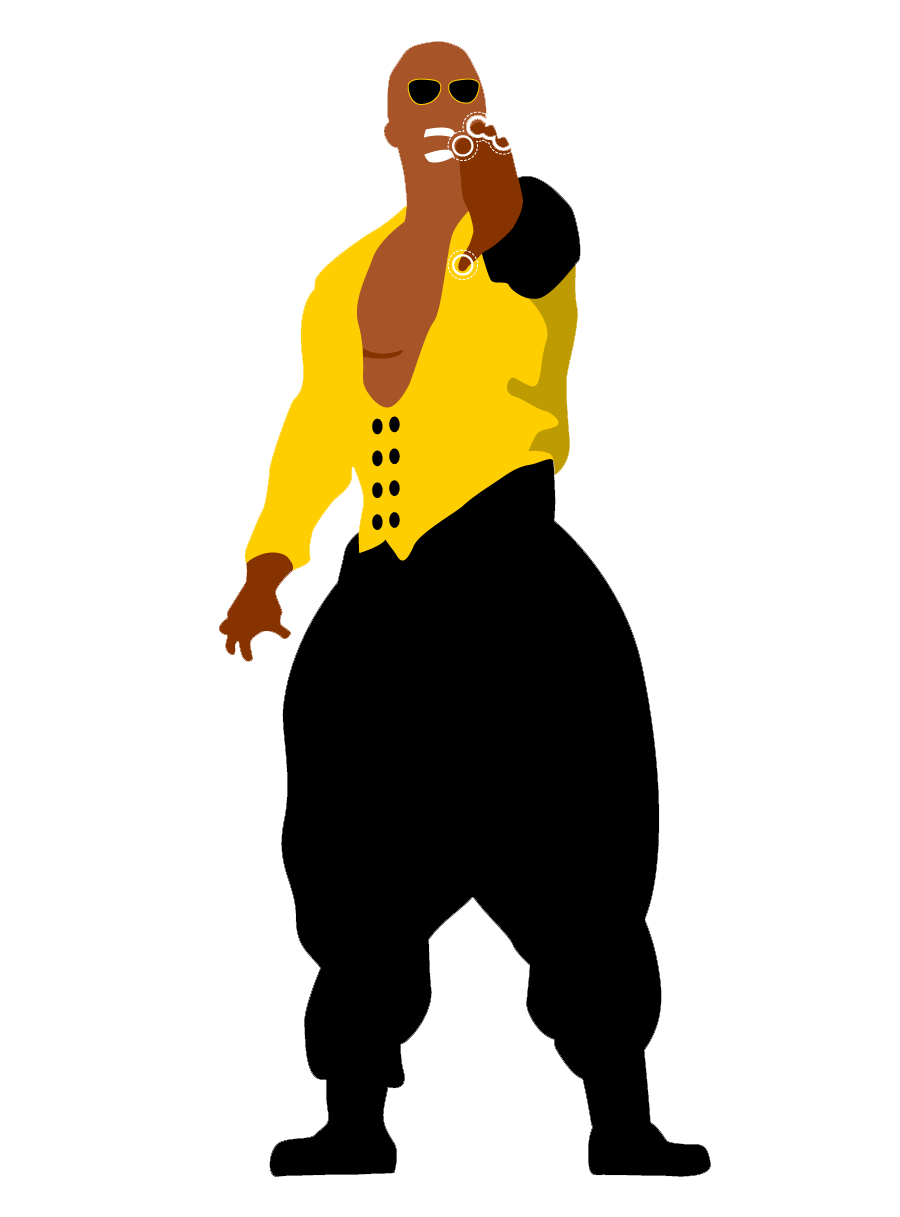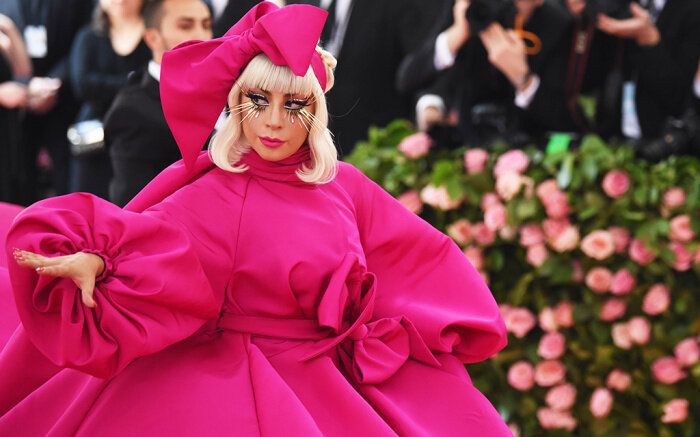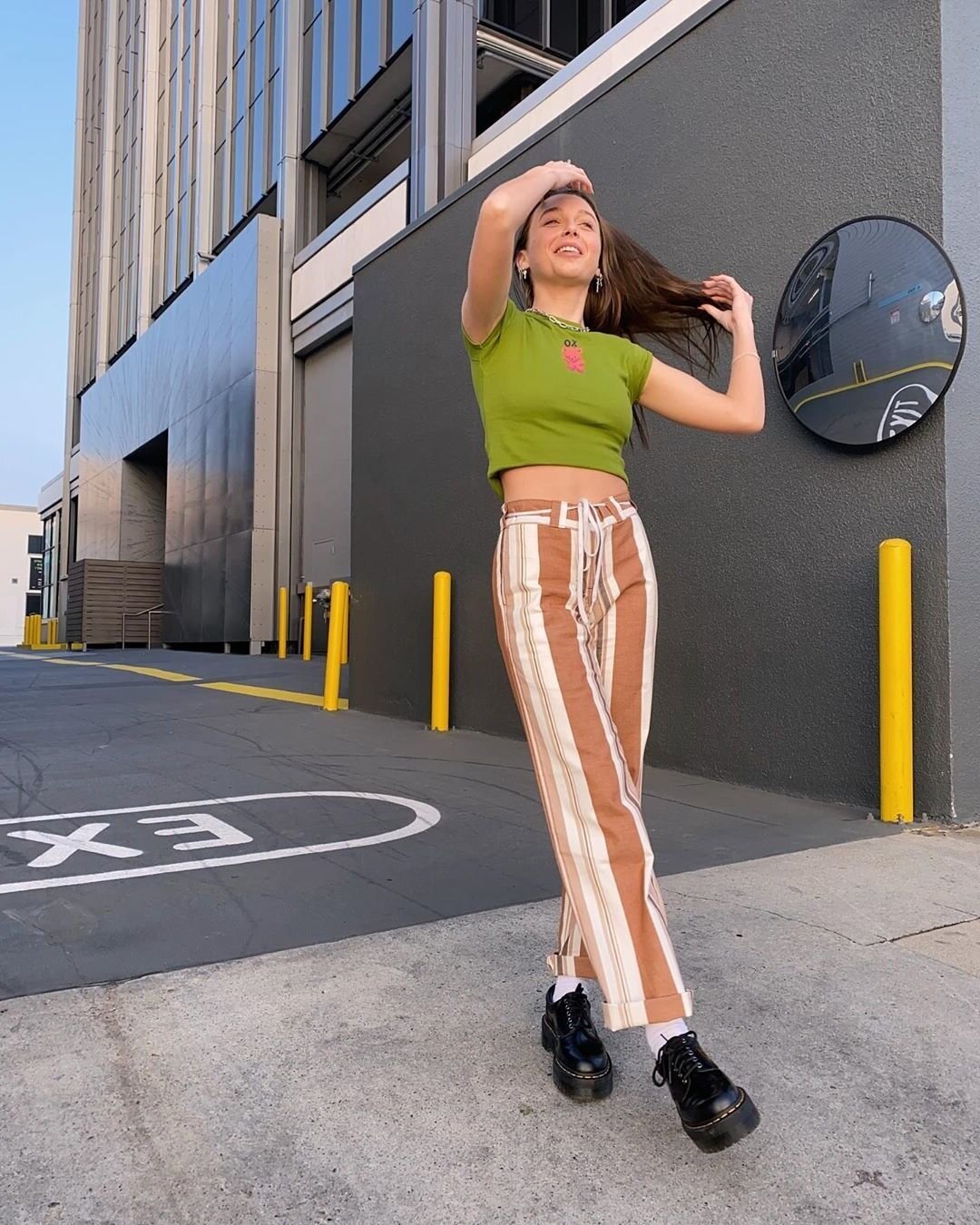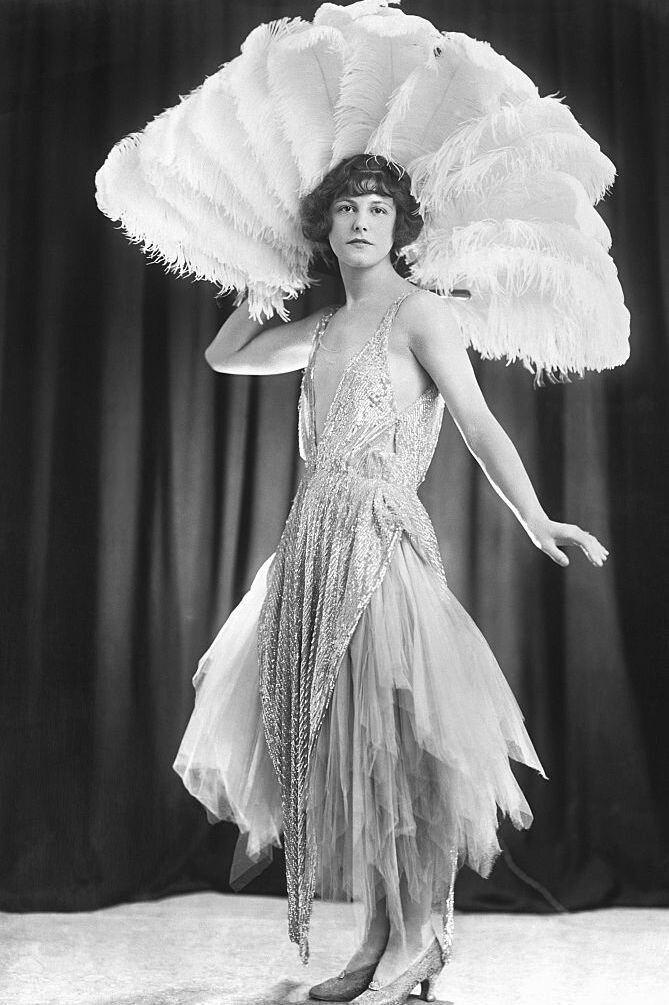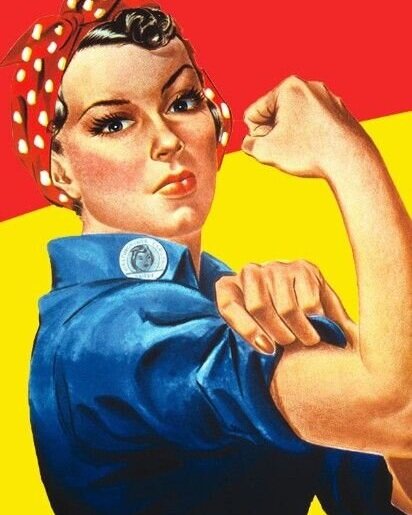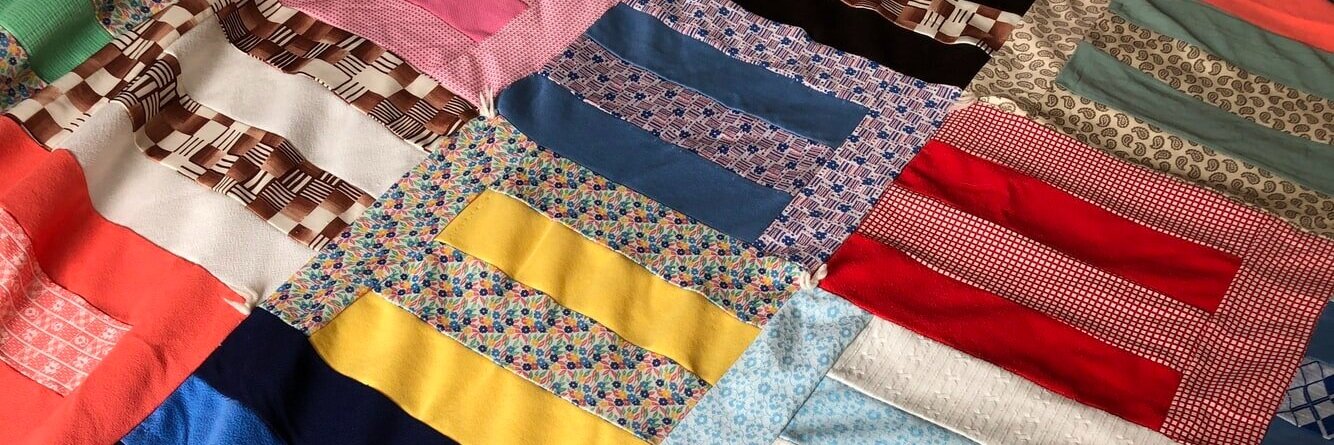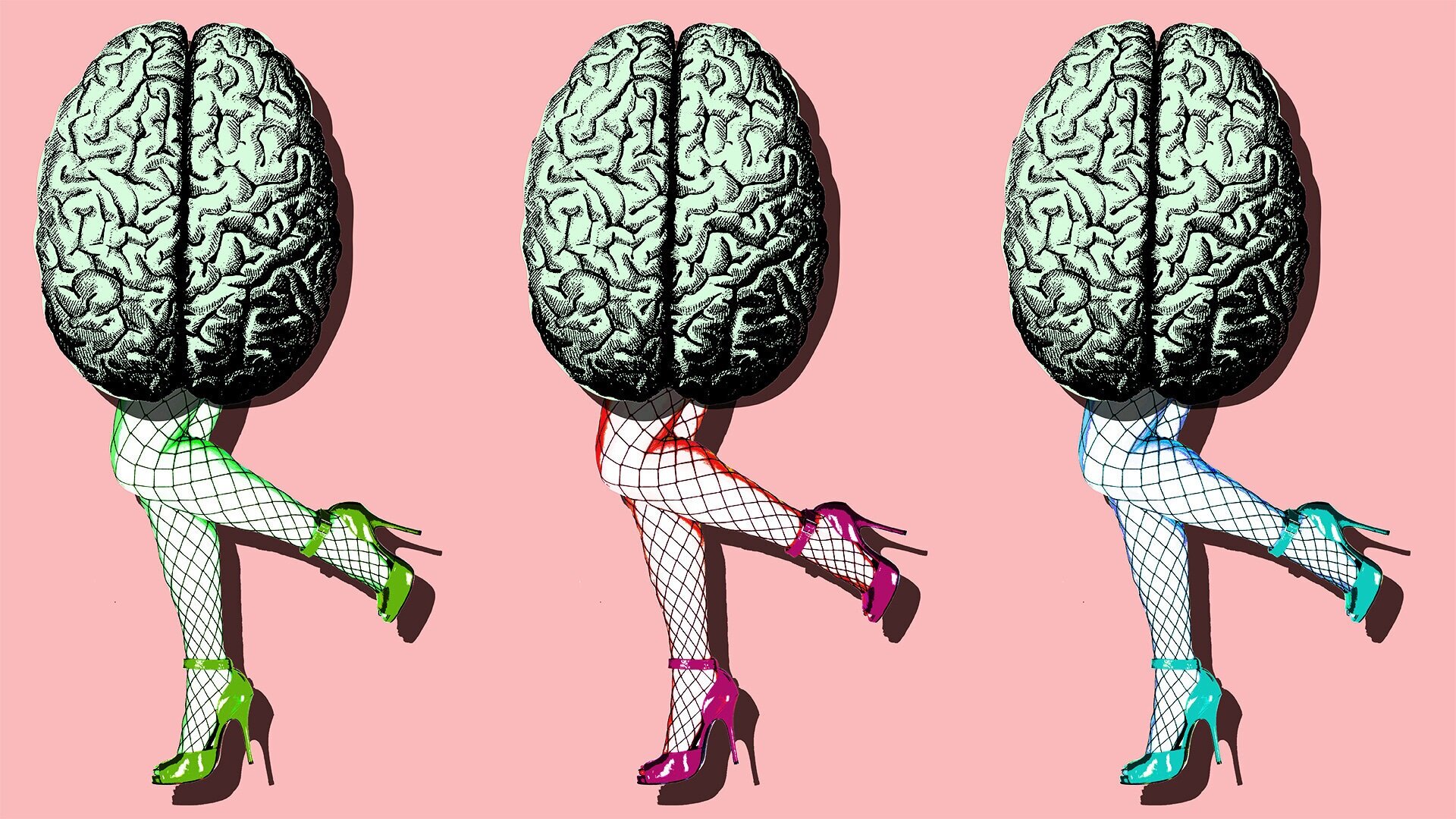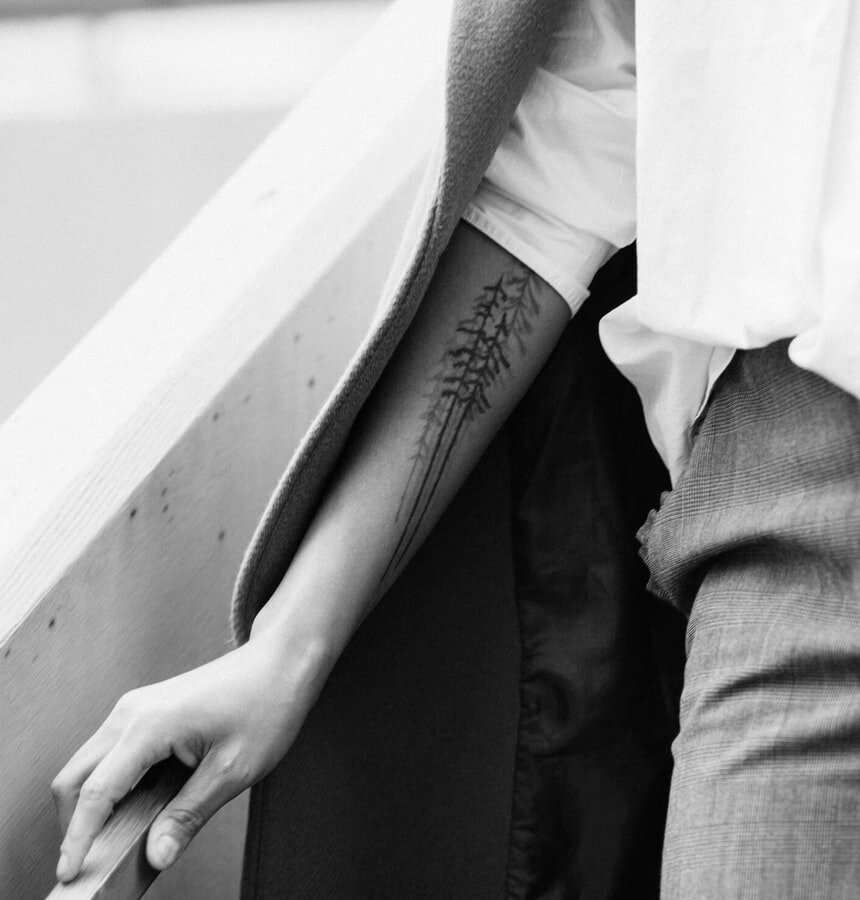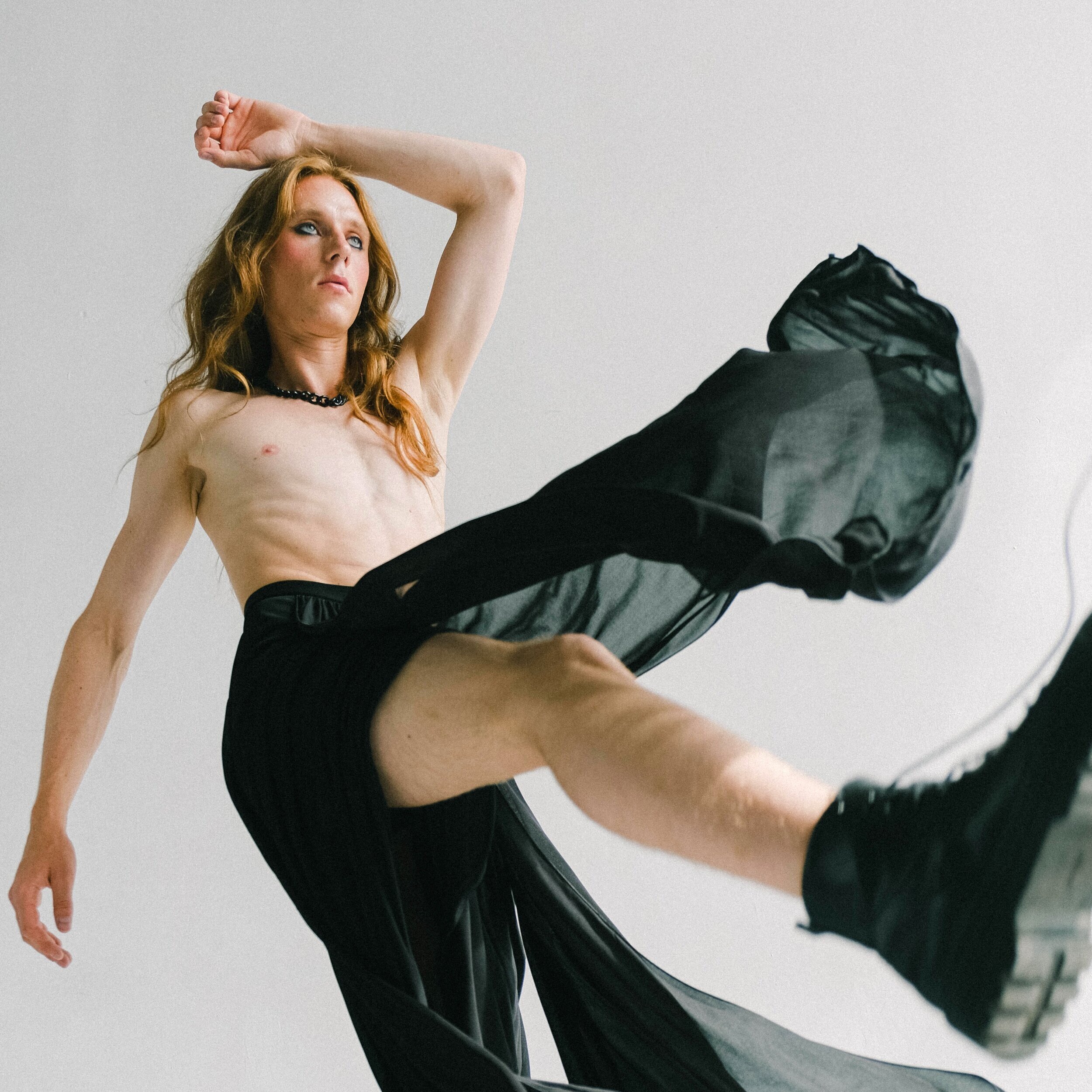Trends I Weirdly Found Interesting
/I’ve decided to write about something different for my last blog post. Interesting trends throughout the years; trends I have either questioned, loved, or have always wondered about.
I have always been in awe of the years before I was born. How it would have been to live in the 60s, 70s or 80s? The whole idea of it fascinates me, and to this day, I question my parents or my aunts and uncles; How was it like to live back then. In particular, how did they dress? What was the style?
From a child’s perspective, my own, I remember seeing my aunts rocking out the big 80s hairstyles, the bangles and legwarmers. Wearing oversized white buttoned shirts. My uncles, donning the rough-looking jean coat attire or wearing workout shorts outside their sweatpants with the folded red bandana across their forehead (a makeshift sweatband). I saw pictures of my parents; my mom wearing bell-bottom jeans with a leather jacket and my dad sporting the long, haired, curly hairdo with rugged jeans and a black t-shirt.
Growing up, I have seen many trends come and go. But here are some I remember profoundly; and the others I found interesting.
The Zoot Suit
The 1940s: The Zoot Suit
A high-waisted, wide-legged, tight cuffed, pegged trousers (pegged is cut full in the waist and thigh area) paired with a wide, long coat with super-sized shoulder pads. Often worn with a coordinating matching fedora or pork pie hat.
This was popular with African American, Latino, Italian American, and Filipino American communities during the 1940s. Worn by minority men in working-class neighbourhoods. There is just something about this style that interests me, it’s unique, and no designer is affiliated with the look. It was born on the streets. It would be amazing to experience how this zoot suit came to life.
The first time I saw a style of this suit was in Janet Jackson’s “Alright” music video, linked here.
Elvis Presley performing in Jumpsuit
The 1970s and 1980s: Jumpsuits for Men
A slim-fitting, one-piece garment, covering the legs and arms.
Influenced by music and social movements. You can still see this style out there, but it is not very trendy as it was in the 70s and 80s. It was also worn during the disco-era. As you might already know, Elvis Presley was known for his jumpsuits. He worked with costume designer Bill Belew to design them. Each jumpsuit was made with beautifully detailed designs. I have always wondered what Elvis found fascinating about his jumpsuits?
The 1980s: Leg Warmers and slouch socks.
I have to admit I am a big leg warmer fan. Leg warmers are my go-to thing for winter, my sock drawer is filled with an array of different varieties. And I always wear them around the house. As for slouch socks, they have the same sense of style as a leg warmer, except they cover your feet. And yes, I also have those handy in my sock drawer. One of my favourite trends.
The 1980s and early 1990s: MC Hammer Pants
I remember everyone my age did not get what the hype was about this trend. We simply did not care and just found it weird and funny. And to my surprise, this trend came back to life in 2019.
The 1990s: T-Shirts Over Long-Sleeve Shirts
This trend I grew up with during the grunge-era. And I cannot break free from it. Sometimes, I find myself still throwing a t-shirt over my long-sleeve shirt. It is comfy, and I love everything about it. I love anything that has to do with grunge.
Billie Eilish
The 2000s: Oversized Clothing
I remember this being popular during the 90s also, the wide-legged pants or jeans, I had a couple of pair of those, it was popular amongst teens, still to this day. At the moment, my daughter is very much into this trend. She loves wearing oversized shirts and hoodies. The one celebrity known for this style is Billie Eilish.
Colleen Moore
Colleen is a second-year student in the professional writing program at Algonquin College. She enjoys reading, old school zombie movies, family game nights and currently found a new passion for poetry. She is either busy doing assignments or playing Mario party with her daughter on the weekends.




